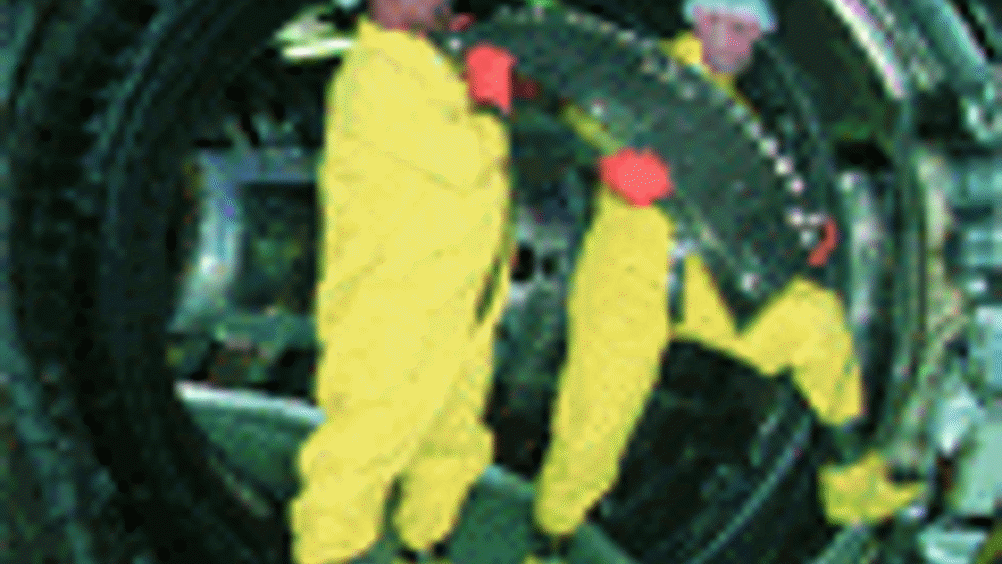Meeting of minds

UK research in nuclear fusion has received a significant boost with the creation of a Centre for Fusion, Space and Astrophysics at the
Under the directorship of Sandra Chapman, who heads plasma astrophysics at
, and Richard Dendy, who leads the theoretical physics group at UKAEA's
, the centre is being backed by a £5m Science and Innovation award from the Engineering and Physical Sciences Research Council.
Plasma physics is an essential part of the push to create a practical way of using nuclear fusion to generate power.
Two light nuclei - the heavy isotopes of hydrogen, deuterium and tritium - are heated to extremely high temperatures, about 100m
C, and confined closely together using magnetic fields.
This causes the two nuclei to fuse, forming a helium nucleus and a neutron, releasing energy. At such high temperatures, the nuclei of the hydrogen atoms and their electrons dissociate and this gaseous mixture of free-charged particles is termed 'plasma'.
Register now to continue reading
Thanks for visiting The Engineer. You’ve now reached your monthly limit of news stories. Register for free to unlock unlimited access to all of our news coverage, as well as premium content including opinion, in-depth features and special reports.
Benefits of registering
-
In-depth insights and coverage of key emerging trends
-
Unrestricted access to special reports throughout the year
-
Daily technology news delivered straight to your inbox










Water Sector Talent Exodus Could Cripple The Sector
Well let´s do a little experiment. My last (10.4.25) half-yearly water/waste water bill from Severn Trent was £98.29. How much does not-for-profit Dŵr...